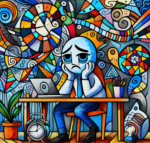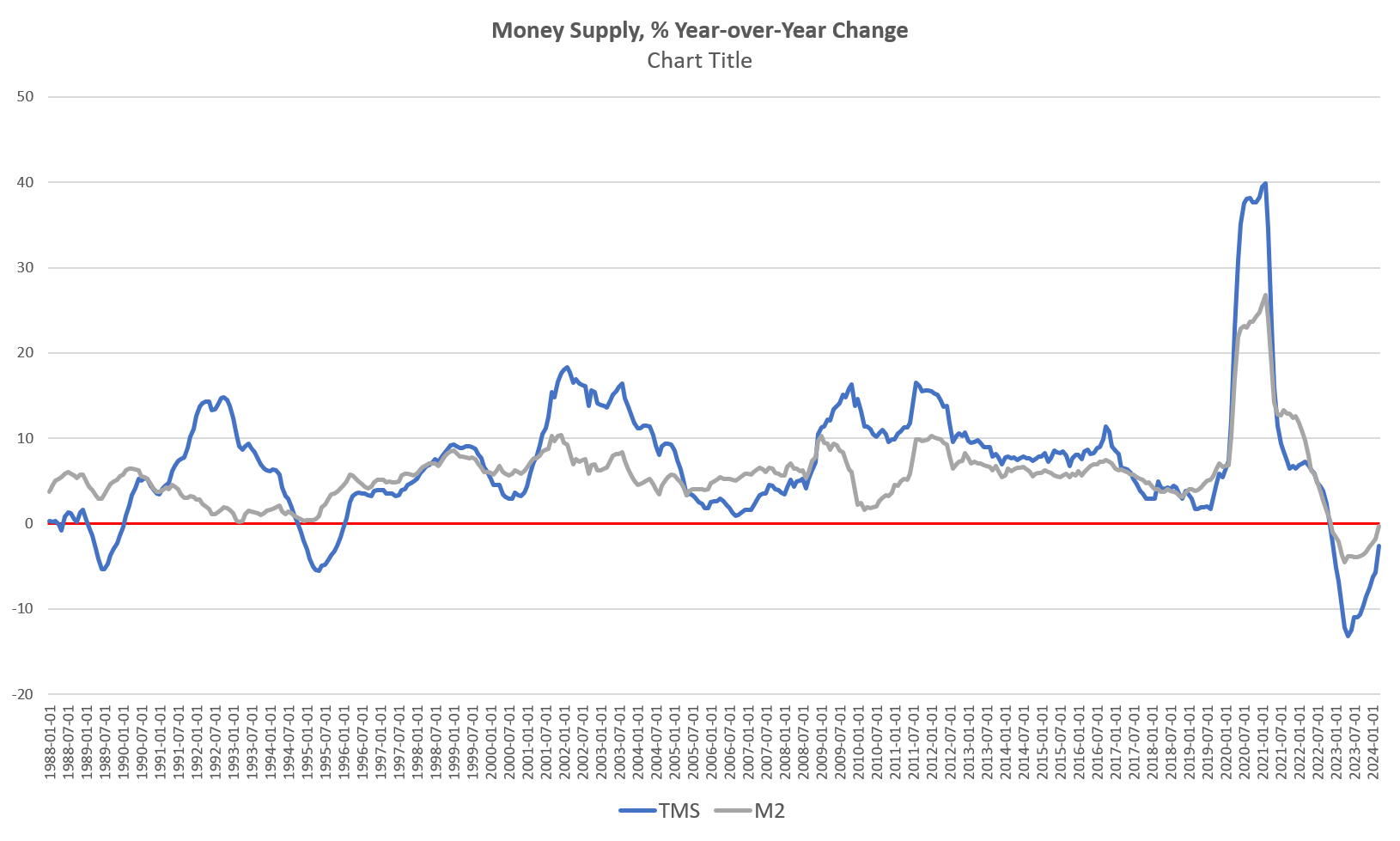In mundane speech and in perhaps any dictionary, anarchy is synonymous with chaos and disorder. This may not come as a surprise since left-wing anarchists have worked hard on destroying anarchy’s reputation.
As a former statist, I used to share this view of anarchy—a chaotic dystopia. But, as I’ve learned over the years, anarchy is the opposite of that. However, this can only be realized by looking at it logically.
Defining Anarchy
The word anarchy stems from ancient Greek and means “without ruler or authority.” In defining anarchy it is crucial to define the role of a ruler. Left-wing anarchists oppose natural hierarchies, private property, and government. By their logic, a ruler is someone who owns private property, holds a managerial position, or is a government official.
On the other hand, someone who forces another to share his means of production would not be considered a ruler. Hence, this view of anarchy is incoherent and contradictory. That being said, we need to examine a more coherent political philosophy: anarchocapitalism, a right-wing anarchist political philosophy.
Such right-wing anarchists define a ruler in the libertarian way—as someone who uses violence or the threat of it to control others. This is deduced from the libertarian axiom of self-ownership as a natural right. This right must on logical grounds be extended to include owning property.
Now that we have a logical and coherent view of a ruler, we can define anarchy. It is a social relationship between people based on the absence of coercion through violence or the threat of it. Strictly speaking, anarchy is voluntary social cooperation between self-owned individuals and their privately owned belongings.
Finding Anarchy
The typical statist will almost always ask an anarchist to point to a specific time and place where anarchy has worked out. To this, the typical (right-wing) anarchist will most often point to the Icelandic Commonwealth or Cospaia. While these are great examples of larger well-functioning societies, there are many other examples I will show you.
Anarchy, which is an interpersonal relationship between individuals without violence or the threat of it, can be found everywhere. By looking at it in a microperspective, we find that anarchic relations are more common than nonanarchic relations.
Most people are in anarchic relationships with each other. They exchange goods, services, ideas, information, love, and many other valuable things on a daily basis. In other words, value is traded for value voluntarily.
On this value-trading principle, we build families, societies, businesses, and other groups. However, while there is anarchy within smaller societies, there is still a nonanarchic relationship to the state. Most people cannot see this because there cannot be an interpersonal relationship with an individual and an absent collective. This is because only individuals act and interact.
Thus, the state hides and camouflages itself through its employees with their different professions. Consider someone who decides not to pay his taxes. Although he knows of the consequences he will suffer from the state, there are many interpersonal relationships to study in this matter.
At first he might receive a notice from someone at the Internal Revenue Service. After having ignored several warnings, armed policemen will show up at his house. While in custody and awaiting trial, he will be guarded by some prison guards. Eventually he will get his trial, and when in court he is antagonized by judges and prosecutors.
Bear in mind that these people who are directly involved represent just the tip of the iceberg. Below the sea level, we have politicians who enact laws, taxpayers, and voters who feed the state along with the lobbyists.
When we break down the “relationship between the state and individuals” into interpersonal relationships, the picture becomes clearer. The state functions like a band of robbers but in a very sophisticated and sneaky way.
Furthermore, we should consider that public servants are also in an anarchic relationship with each other. Meanwhile, they—just like private citizens—are in a nonanarchic relationship with the state. There is also, as pointed out by Ludwig von Mises and Murray Rothbard, anarchy between states. At least until a war breaks out.
In conclusion, anarchy means without ruler. In a microperspective, it is a social relationship between two individuals without violence or the threat of it. This microanarchy can be and is extended to involve larger groups of people. Thus, there is no limit of how big society can get before anarchy becomes inefficient and government must take control.
Finally, anarchy is spontaneous order, not chaos. This spontaneous order can be found everywhere, and being an anarchist is not so controversial as people think.
Full story here Are you the author? Previous post See more for Next postTags: Featured,newsletter

























